Rising Urbanization
The increasing trend of urbanization in the United States appears to be a significant driver for the insect pest-control market. As more individuals and families move to urban areas, the demand for pest control services escalates. Urban environments often provide ideal conditions for pests, leading to heightened infestations. According to recent data, urban areas have reported a 30% increase in pest-related complaints over the past five years. This surge necessitates effective pest management solutions, thereby propelling the growth of the insect pest-control market. Furthermore, the concentration of residential and commercial properties in cities amplifies the need for regular pest control services, as property owners seek to maintain hygiene and protect their investments from pest damage.
Regulatory Compliance
Regulatory compliance is emerging as a crucial driver for the insect pest-control market. The United States government has established stringent regulations regarding pest control practices, particularly concerning the use of chemical pesticides. Companies operating in the insect pest-control market must adhere to these regulations to avoid penalties and ensure consumer safety. This compliance often necessitates the adoption of advanced pest management techniques and eco-friendly products, which can be more costly. However, the long-term benefits of compliance, including enhanced consumer trust and market reputation, are likely to outweigh the initial investments. As a result, businesses that prioritize regulatory adherence may experience growth in the insect pest-control market.
Environmental Awareness
Environmental awareness is increasingly influencing consumer choices in the insect pest-control market. As individuals become more conscious of the ecological impact of traditional pest control methods, there is a growing demand for environmentally friendly alternatives. This shift is prompting companies to develop and promote sustainable pest management solutions that minimize harm to non-target species and ecosystems. Recent surveys indicate that approximately 40% of consumers prefer eco-friendly pest control options, which is likely to drive market growth. The insect pest-control market is thus adapting to these changing preferences, with an emphasis on integrating sustainable practices into their service offerings.
Technological Innovations
Technological innovations are playing a pivotal role in shaping the insect pest-control market. The introduction of smart pest control solutions, such as IoT-enabled traps and monitoring systems, is revolutionizing how pest management is approached. These technologies allow for real-time monitoring and data analysis, enabling pest control professionals to respond more effectively to infestations. The market for these advanced solutions is projected to grow significantly, with estimates suggesting a potential increase of 25% in the next five years. As consumers become more tech-savvy, the demand for innovative pest control solutions is likely to rise, further driving the insect pest-control market.
Health and Safety Concerns
Health and safety concerns related to pest infestations are increasingly influencing the insect pest-control market. The presence of pests such as rodents and insects can pose serious health risks, including the transmission of diseases. In the United States, the Centers for Disease Control and Prevention (CDC) has reported that pests are responsible for various health issues, which has led to a growing awareness among the public. Consequently, consumers are more inclined to invest in pest control services to safeguard their health and that of their families. This heightened awareness is likely to drive the market, as individuals prioritize pest management solutions that ensure a safe living environment.


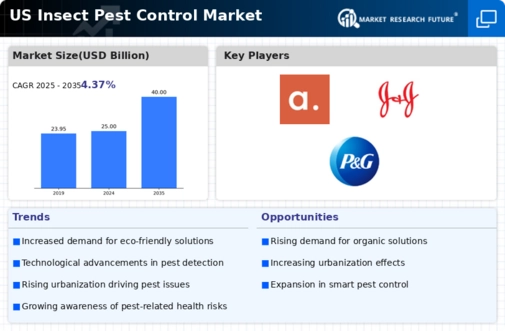
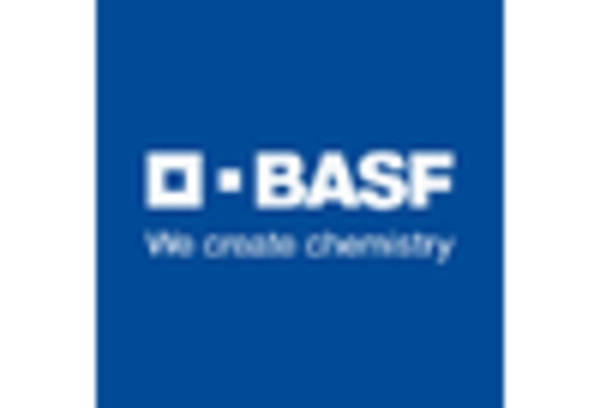
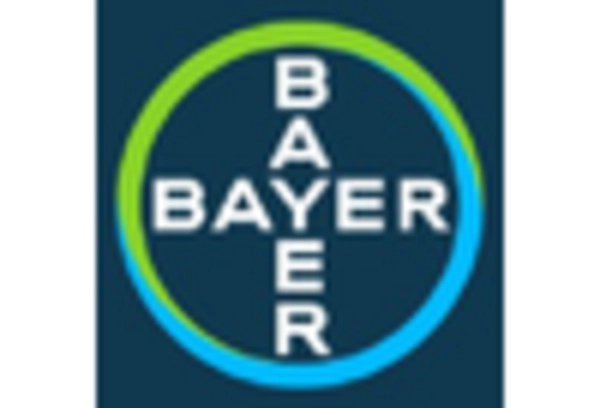
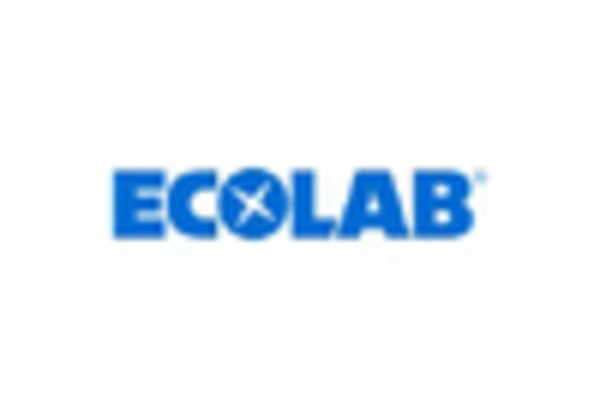

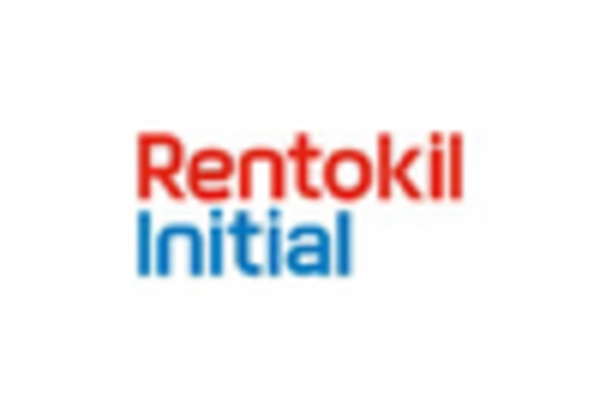
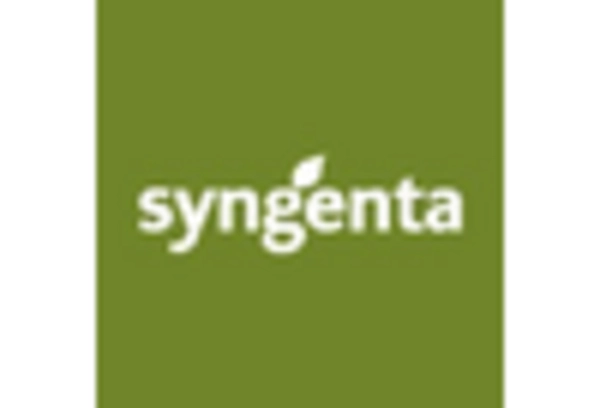








Leave a Comment